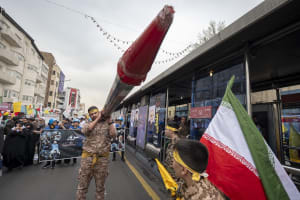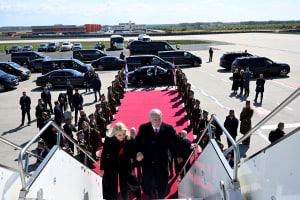Israeli archaeologists: Silver coins were used as currency in the Levant region 3,600 years ago
The ancient coins indicate a growing sophistication in societal development and trade

Israeli archaeologists recently discovered that silver coins were used as currency in the land of Israel and the wider Levant region 3,600 years ago, 500 years earlier than previously believed.
The term “Levant” refers to the eastern Mediterranean coast, which includes modern Turkey, Israel, Syria and Lebanon, and the Gaza Strip.
The Israeli archaeological team found ancient silver coins at Tel Shiloh, north of Jerusalem, and Tel Gezer in the Judean Hills, which they estimated were made in Anatolia in modern Turkey and were in use as currency in the 17th century B.C.
Dr. Tzilla Eshel from Haifa University led the Israeli archaeological study, whose results were published recently in the Journal of Archaeological Science.
“This is the earliest evidence of hoarded silver,” Eshel told The Times of Israel, explaining the advantages of using silver as currency in ancient times. “The transition to an economical method based on silver coins, which do not deteriorate and have a reduced volume and weight, presents many advantages and new possibilities which will certainly contribute to the urban and economic development of the entire region.”
Eshel placed the discovery of the ancient silver coins in the wider context of ancient trade between the Anatolia and Levant regions.
“We are witnessing the first evidence that there was continuous and long-term trade of metals between the Levant and Anatolia, already 1,700 years before the common era,” she said. “We know for sure that, in the Iron Age, this kind of trade existed, but our findings move the beginning of this type of trade in metals to 500 years earlier.”
Researchers believe the ancient Levant only began using minted coins some 1,000 years later. Consequently, crudely cut pieces of silver were originally used as a currency for regional trade.
The ancient silver coins indicated a growing sophistication in societal development and trade in the Levant.
“The use of silver indicates a society that used scales, and indicates a society that used writing to write down the transactions. It also means you need to have silver flowing into the area constantly, so the volume of trade has to be larger, and you can see something bigger is happening in economic terms,” Eshel concluded.
In 2020, Donald Ariel, the former head of the Israel Antiques Authority coin department, told The Times of Israel how proto-coins preceded minted coins in the ancient world.
“Before there were coins, there were a kind of proto-coins. In fact, people, before they would make coins, they first used the idea of taking silver, breaking it up into pieces and weighing them on a scale or balance,” Ariel explained.
The modern Israeli shekel coins are a reference to the biblical shekel, which was originally a measurement for weighing silver. The ancient Babylonians equated 1 shekel with 16.83 grams of silver.
“This is the way Abraham paid for the Cave of the Patriarchs – he weighed 400 shekels. There were no coins at the time. He weighed pieces of silver,” said Ariel.
In December, Israeli archaeologists reported discovering 15 silver coins in a wooden box in the Muraba’at Cave near the Dead Sea. The cave is located in the Darageh Stream Nature Reserve in the Judean Desert. The coins were estimated to be 2,200 years old and support the historical account of the Maccabees.
“This is an absolutely unique find, [and] presented the first clear archaeological evidence that the Judean Desert caves played an active role as the stage of the activities of the Jewish rebels or the fugitives in the early days of the Maccabean Revolt, or the events that led up to them,” said Dr. Eitan Klein from the Israel Antiquities Authority.

The All Israel News Staff is a team of journalists in Israel.














